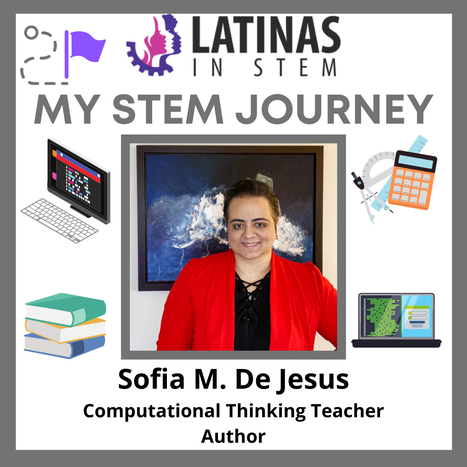When did I create my first program, though? Well, that was senior year of high school. We were required to have graphing calculators, so I had a TI-86. That calculator had that PRGM button and I really wanted to use it. So I learned how to get things to work and created a program to solve linear systems of equations. I’m a math nerd and very proud of that, so of course my first program was for math.
In college, I majored in general sciences. I loved everything, so I took classes like Microbiology and Genetics, but also Chemistry and Physics and electives in those areas. But mostly, I took math classes. From Calculus 1, 2, and 3 to Differential Equations, and even History of Mathematics. I took it all. I just wanted to learn, but I had no idea what I’d do with the degree yet.
After I graduated, I tried my hand at law school, but that was not the path for me. I switched to a master’s in mathematics education and began teaching. I loved teaching math. I still love teaching math.
But I ended up with a published book in Applied Computational Thinking with Python, so how did THAT happen? Like I said, my journey wasn’t linear. I loved programming things, like Excel sheets that would make my job easier with some Visual Basic, or creating designs for products when I worked in educational publishing, which I did from 2006 to 2012. Any time I could use a programming language to make my life easier, I did.
In 2012, I started teaching again and was asked to not only teach math, but programming. And I got hooked. I studied every chance I got to learn more so I could teach more. I took courses in programming but also in robotics. I spent most of my summers absorbing what I could and designing classes. Currently, I’m a computational thinking teacher and run classes like Python programming, Game Design with Python and Scratch, Circuits, Robotics, Web Design, and more. Whenever I get a chance, I continue studying, on my own or in courses, focusing a lot of time in data science and machine learning as of late. I do not learn these things to get a job in the corporate world. I learn these things so I can get my students and other educators excited about STEM areas and I love it.


 RSS Feed
RSS Feed

